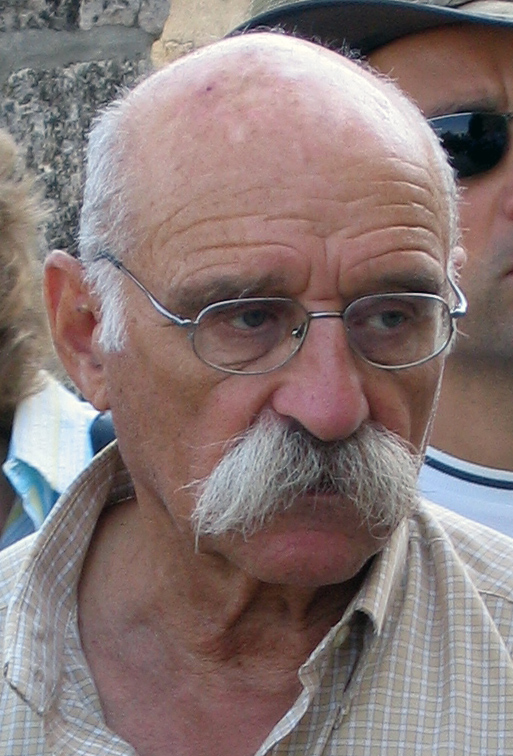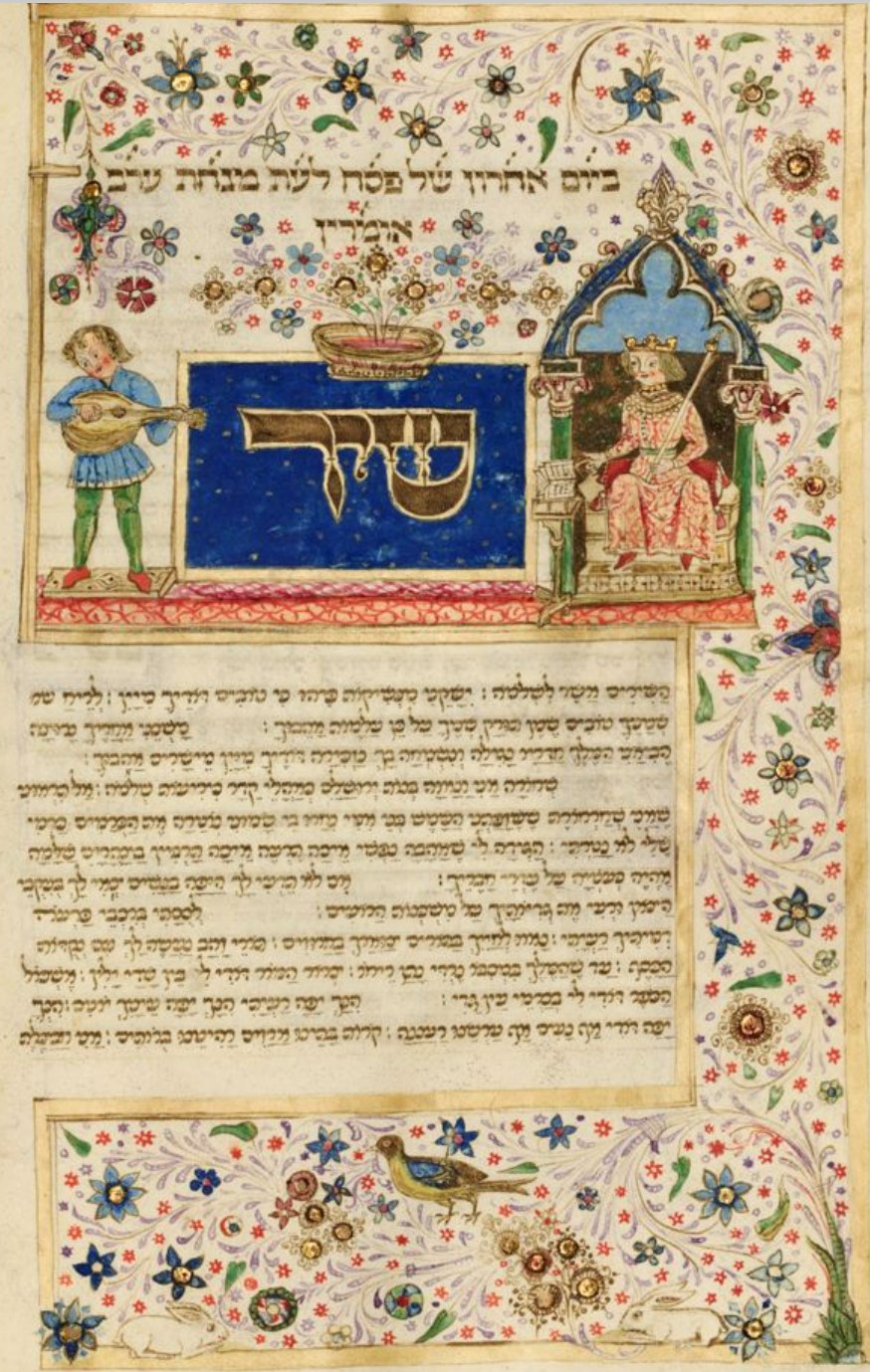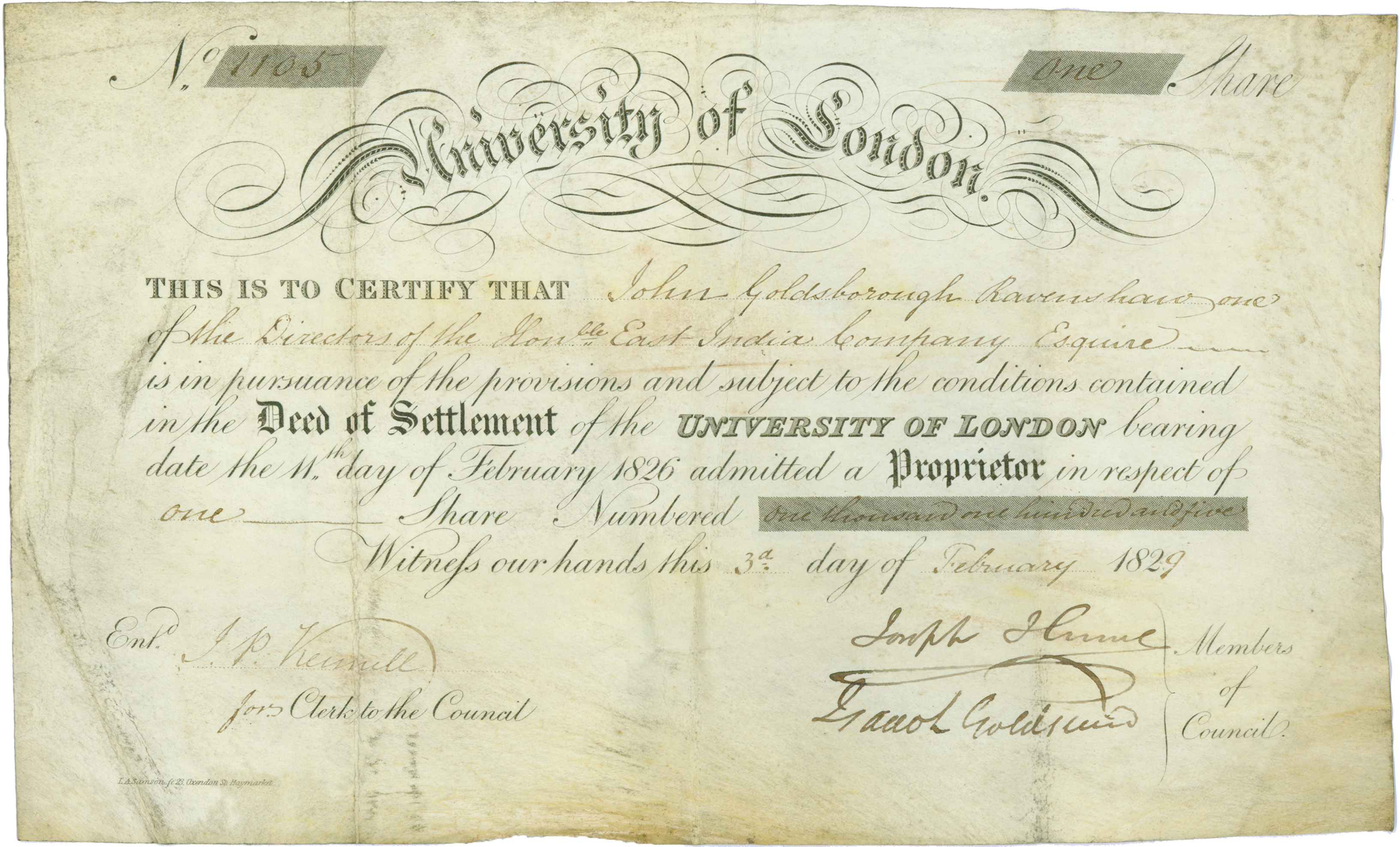|
Tower Of David
The Tower of David (), also known as the Citadel (), is an ancient citadel and contemporary museum, located near the Jaffa Gate entrance to the Old City of Jerusalem, Old City of Jerusalem. The citadel that stands today dates to the Mamluk Sultanate, Mamluk and Ottoman Empire, Ottoman periods. It was built on the site of a series of earlier ancient fortifications of the Hasmonean, Herodian kingdom, Herodian, Byzantine Empire, Byzantine and Early Muslim conquests, Early Muslim periods, after being destroyed repeatedly during the last decades of Crusades, Crusader presence in the Holy Land by their Muslim enemies. It contains artifacts from the Iron Age including a quarry dated to the Second Temple period and pottery, fishbones, and other archaeological finds dating from the First Temple Period, and is a venue for benefit events, craft shows, concerts, and sound-and-light performances. Dan Bahat, an Israeli archaeologist, writes that the original three Hasmonean towers standing in ... [...More Info...] [...Related Items...] OR: [Wikipedia] [Google] [Baidu] |
Dan Bahat
Dan Bahat (; born 1938 in Lviv in Poland) is an Israeli archaeologist especially known for his excavations in Jerusalem, particularly at the Western Wall tunnels. Biography Dan Bahat was born in Poland to Polish Jewish parents who were citizens of Mandatory Palestine.Dan Bahat: Curriculum vitae Bar-Ilan University The family moved to in 1939 and became Israeli citizens in 1952. He served in the IDF from 1956 to 1958. In 1964 he gained a |
Miḥrāb
''Mihrab'' (, ', pl. ') is a Niche (architecture), niche in the wall of a mosque that indicates the ''qibla'', the direction of the Kaaba in Mecca towards which Muslims should face when praying. The wall in which a ''mihrab'' appears is thus the "''qibla'' wall". The ''minbar'', which is the raised platform from which an imam (leader of prayer) addresses the congregation, is located to the right of the ''mihrab''. Etymology The origin of the word ''miḥrāb'' is complicated, and multiple explanations have been proposed by different sources and scholars. It may come from Old South Arabian (possibly Sabaic) ''mḥrb'' meaning a certain part of a palace, as well as "part of a temple where ''tḥrb'' (a certain type of visions) is obtained," from the root word ''ḥrb'' "to perform a certain religious ritual (which is compared to combat or fighting and described as an overnight retreat) in the ''mḥrb'' of the temple." It may also possibly be related to Ge'ez, Ethiopic ''mə ... [...More Info...] [...Related Items...] OR: [Wikipedia] [Google] [Baidu] |
Ayyubid
The Ayyubid dynasty (), also known as the Ayyubid Sultanate, was the founding dynasty of the medieval Sultan of Egypt, Sultanate of Egypt established by Saladin in 1171, following his abolition of the Fatimid Caliphate, Fatimid Caliphate of Egypt. A Sunni Muslim of Kurds, Kurdish origin, Saladin had originally served the Zengid dynasty, Zengid ruler Nur al-Din Zengi, Nur al-Din, leading the latter's army against the Crusader invasions of Egypt, Crusaders in Fatimid Egypt, where he was made vizier (Fatimid Caliphate), vizier. Following Nur al-Din's death, Saladin was proclaimed as the first Sultan of Egypt by the Abbasid Caliphate, and rapidly expanded the new sultanate beyond Lower Egypt, Egypt to encompass most of Syria (region), Syria, in addition to Hijaz, Southern Arabia, Yemen, northern Nubia, Tripolitania and Upper Mesopotamia. Saladin's military campaigns set the general borders and sphere of influence of the sultanate of Egypt for the almost 350 years of its existence. Mos ... [...More Info...] [...Related Items...] OR: [Wikipedia] [Google] [Baidu] |
BibleGateway
BibleGateway is an evangelism, evangelical Christian website designed to allow easy reading, listening, studying, searching, and sharing of the Bible in many different versions and translations, including English language, English, French language, French, Spanish language, Spanish, and other languages. Its mission statement is "To honor Christ by equipping people to read and understand the Bible, wherever they are". The website is free to use, but also offers Bible Gateway Plus, a membership program with enhanced services. It is currently owned by Zondervan. Bible Gateway's engagement features include the ability to display a single Bible verse in many English Bible translations, the ability to display and compare up to five Bible translations side by side at once, its daily Blog, more than 60 email devotions, Bible reading plans and verses-of-the-day, a free mobile app, audio Bibles, video interviews, Bible reference books, shareable widgets, advanced search tools, Bible Gateway ... [...More Info...] [...Related Items...] OR: [Wikipedia] [Google] [Baidu] |
Solomon
Solomon (), also called Jedidiah, was the fourth monarch of the Kingdom of Israel (united monarchy), Kingdom of Israel and Judah, according to the Hebrew Bible. The successor of his father David, he is described as having been the penultimate ruler of all Twelve Tribes of Israel under an amalgamated History of ancient Israel and Judah, Israel and Judah. The hypothesized dates of Solomon's reign are from 970 to 931 BCE. According to the biblical narrative, after Solomon's death, his son and successor Rehoboam adopted harsh policies towards the northern Israelites, who then rejected the reign of the Davidic line, House of David and sought Jeroboam as their king. In the aftermath of Jeroboam's Revolt, the Israelites were split between the Kingdom of Israel (Samaria), Kingdom of Israel in the north (Samaria) and the Kingdom of Judah in the south (Judea); the Bible depicts Rehoboam and the rest of Solomon's Patrilineality#In the Bible, patrilineal descendants ruling over independent ... [...More Info...] [...Related Items...] OR: [Wikipedia] [Google] [Baidu] |
Song Of Songs
The Song of Songs (), also called the Canticle of Canticles or the Song of Solomon, is a Biblical poetry, biblical poem, one of the five ("scrolls") in the ('writings'), the last section of the Tanakh. Unlike other books in the Hebrew Bible, it is erotic poetry; lovers express passionate desire, exchange compliments, and invite one another to enjoy. The poem narrates an intense, poetic love story between a woman and her lover through a series of sensual dialogues, Dream, dreams, Metaphor, metaphors, and warnings to the “daughters of Jerusalem” not to awaken love before its time. Modern scholarship tends to hold that the lovers in the Song are unmarried, which accords with its ancient Near East context. The women of Jerusalem form a Greek chorus, chorus to the lovers, functioning as an audience whose participation in the lovers' erotic encounters facilitates the participation of the reader. Most scholars view the Song of Songs as erotic poetry celebrating human love, not di ... [...More Info...] [...Related Items...] OR: [Wikipedia] [Google] [Baidu] |
David
David (; , "beloved one") was a king of ancient Israel and Judah and the third king of the United Monarchy, according to the Hebrew Bible and Old Testament. The Tel Dan stele, an Aramaic-inscribed stone erected by a king of Aram-Damascus in the late 9th/early 8th centuries BCE to commemorate a victory over two enemy kings, contains the phrase (), which is translated as " House of David" by most scholars. The Mesha Stele, erected by King Mesha of Moab in the 9th century BCE, may also refer to the "House of David", although this is disputed. According to Jewish works such as the '' Seder Olam Rabbah'', '' Seder Olam Zutta'', and '' Sefer ha-Qabbalah'' (all written over a thousand years later), David ascended the throne as the king of Judah in 885 BCE. Apart from this, all that is known of David comes from biblical literature, the historicity of which has been extensively challenged,Writing and Rewriting the Story of Solomon in Ancient Israel; by Isaac Kalimi; page 3 ... [...More Info...] [...Related Items...] OR: [Wikipedia] [Google] [Baidu] |
Survey Of Palestine
The Survey of Palestine was the government department responsible for the survey and mapping of Palestine during the British mandate period. The survey department was established in 1920 in Jaffa, and moved to the outskirts of Tel Aviv in 1931. It established the Palestine grid. In early 1948, the British Mandate appointed a temporary Director General of the Survey Department for the forthcoming Jewish State. This department became the Survey of Israel. The maps produced by the survey have been widely used in "Palestinian refugee cartography" by scholars documenting the 1948 Palestinian expulsion and flight; notably in Salman Abu Sitta's ''Atlas of Palestine'' and Walid Khalidi's ''All That Remains''. In 2019 the maps were used as the basis for ''Palestine Open Maps'', supported by the Bassel Khartabil Free Culture Fellowship. History Prior to the beginning of the Mandate for Palestine, the British had carried out two significant surveys of the region: the PEF Survey ... [...More Info...] [...Related Items...] OR: [Wikipedia] [Google] [Baidu] |
Ordnance Survey Of Jerusalem
The Ordnance Survey of Jerusalem of 1864–65 was the first scientific Cartography of Jerusalem, mapping of Jerusalem, and the first Ordnance Survey to take place outside the United Kingdom. It was undertaken by Charles William Wilson, a 28-year-old officer in the Royal Engineers Units of the British Army, corps of the British Army, under the authority of Henry James (British Army officer), Sir Henry James, as Superintendent of the Ordnance Survey, and with the sanction of George Robinson, 1st Marquess of Ripon as Secretary of State for War. The team of six Royal Engineers began their work on 3 October 1864. The work was completed on 16 June 1865, and the report was published on 29 March 1866. During the resulting search, he produced "the first perfectly accurate map [of Jerusalem], even in the eyes of modern cartography", and identified the eponymous Wilson's Arch (Jerusalem), Wilson's Arch. He was unable to find a new source of water. Over a century after the survey, Dan Bahat d ... [...More Info...] [...Related Items...] OR: [Wikipedia] [Google] [Baidu] |
University College London
University College London (Trade name, branded as UCL) is a Public university, public research university in London, England. It is a Member institutions of the University of London, member institution of the Federal university, federal University of London, and is the second-largest list of universities in the United Kingdom by enrolment, university in the United Kingdom by total enrolment and the largest by postgraduate enrolment. Established in 1826 as London University (though without university degree-awarding powers) by founders who were inspired by the radical ideas of Jeremy Bentham, UCL was the first university institution to be established in London, and the first in England to be entirely secular and to admit students regardless of their religion. It was also, in 1878, among the first university colleges to admit women alongside men, two years after University College, Bristol, had done so. Intended by its founders to be Third-oldest university in England debate ... [...More Info...] [...Related Items...] OR: [Wikipedia] [Google] [Baidu] |
Six-Day War
The Six-Day War, also known as the June War, 1967 Arab–Israeli War or Third Arab–Israeli War, was fought between Israel and a coalition of Arab world, Arab states, primarily United Arab Republic, Egypt, Syria, and Jordan from 5 to 10June 1967. Military hostilities broke out amid poor relations between Israel and its Arab neighbors, which had been observing the 1949 Armistice Agreements signed at the end of the 1948 Arab–Israeli War, First Arab–Israeli War. In 1956, regional tensions over the Straits of Tiran (giving access to Eilat, a port on the southeast tip of Israel) escalated in what became known as the Suez Crisis, when Israel invaded Egypt over the Israeli passage through the Suez Canal and Straits of Tiran, Egyptian closure of maritime passageways to Israeli shipping, ultimately resulting in the re-opening of the Straits of Tiran to Israel as well as the deployment of the United Nations Emergency Force (UNEF) along the Borders of Israel#Border with Egypt, Egypt ... [...More Info...] [...Related Items...] OR: [Wikipedia] [Google] [Baidu] |









